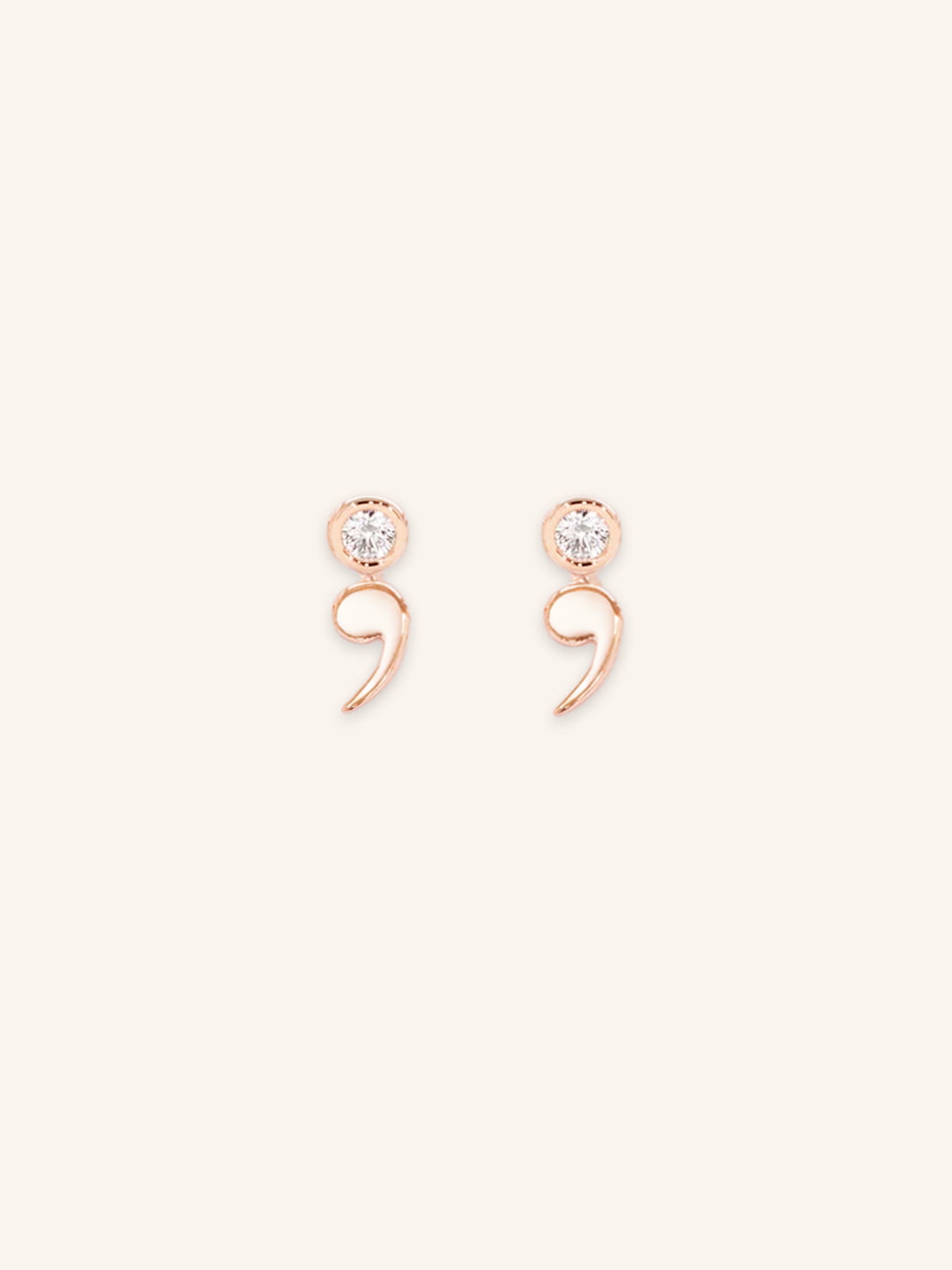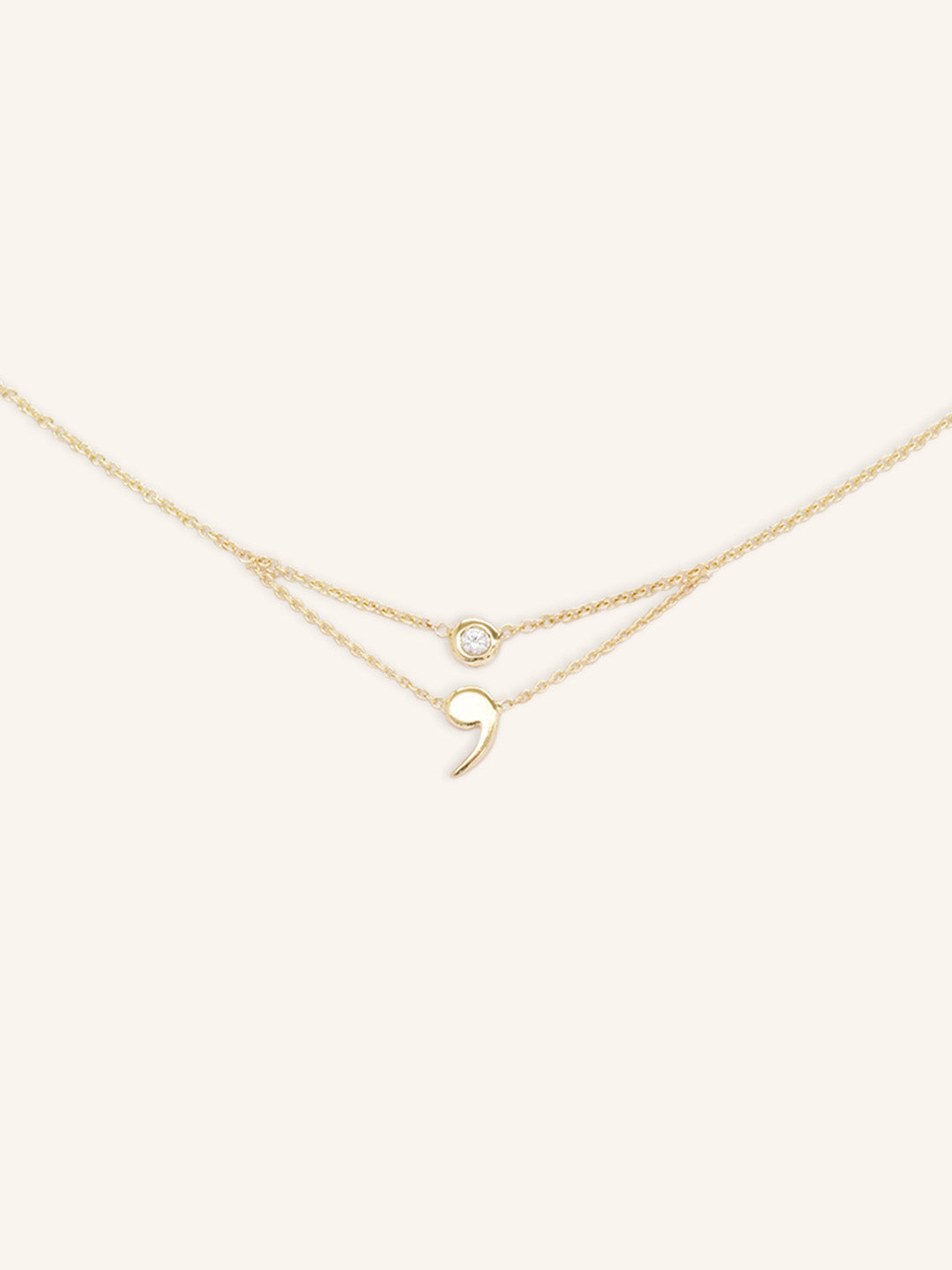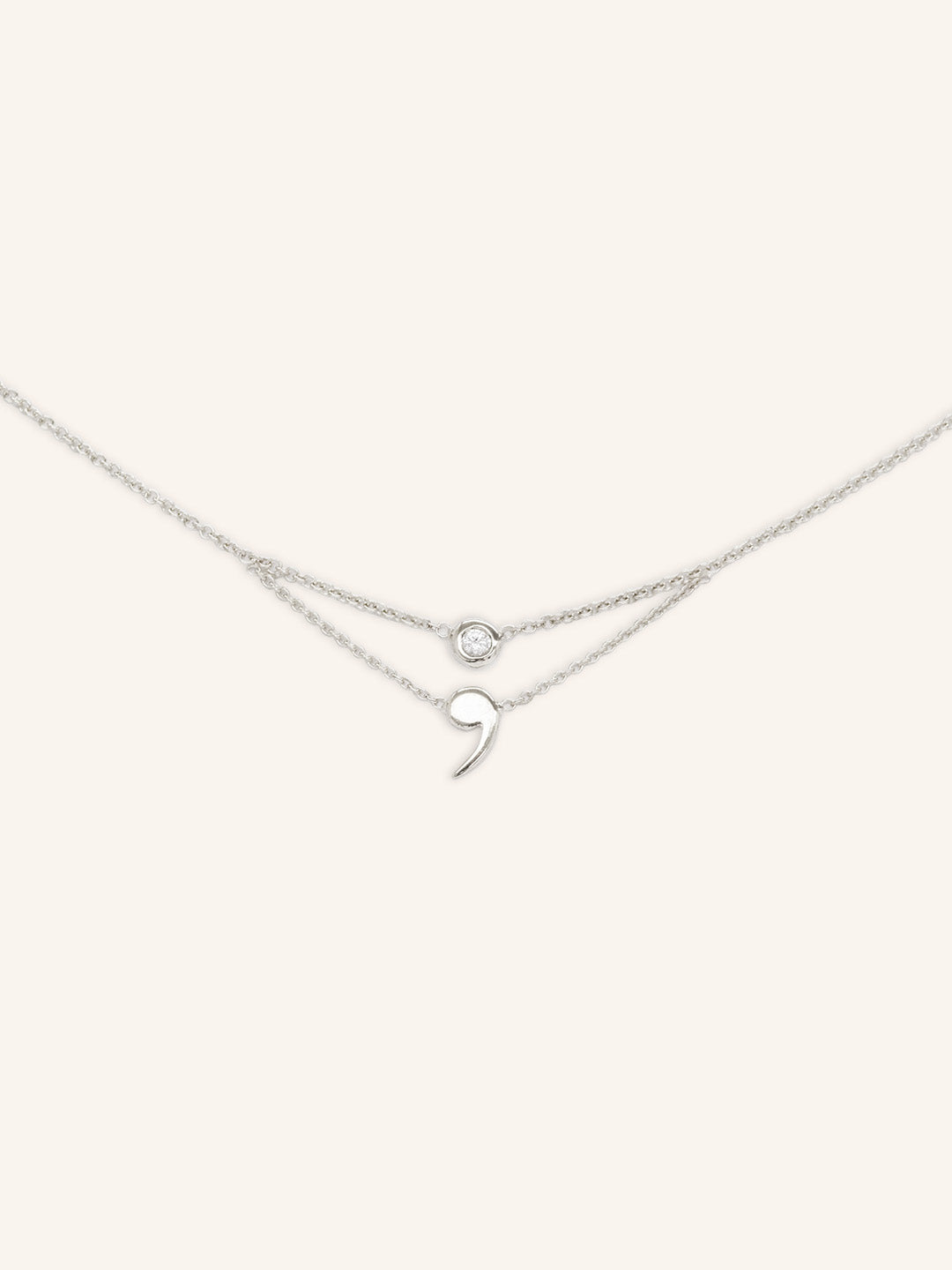How It All Started
In April 2013, a post from Amy Bleuel proposed an idea. It was a call out to people who were suffering from mental health problems to draw a semicolon on their wrists as a sign that their story isn’t over. They are authors of their lives and they are choosing to not end them.
The response was massive. People were sharing photos of their semicolons; it was used as a movement to open discourse on mental health issues and erase the stigma long associated with it. With how big her impact has gotten, Bleuel was featured in various articles and she was at the helm when Project Semicolon became a full-fledged non-profit movement.
In an old Washington Post article, Bleuel shared how she struggled with depression her whole life. She started Project Semicolon not just for herself, but for her father who she lost to suicide as a teenager. From then on, the semicolon flourished to be a symbol used by people who wear their choices with pride. It represents their choice to stay alive and keep going.
How Can You Help
If you have a loved one who has a mental health problem, one of the best ways to help is to talk and listen. Talk to this person and ask them what is troubling them. Afterward, listen to them and support them with what they want to share. Give this person the time and space they need to unload; At the same time, take care of yourself and know your limits. If you are not a medical expert, never diagnose them on your own. Instead, help them in seeking assistance so that they can get the care they need.
While supporting others in their journey is vital, your mental health matters, too. If you feel changes in your behavior or mood, it is best to talk to someone you trust about what you are feeling. You should never be ashamed of opening up, taking breaks, or getting help for the sake of your mental health.















